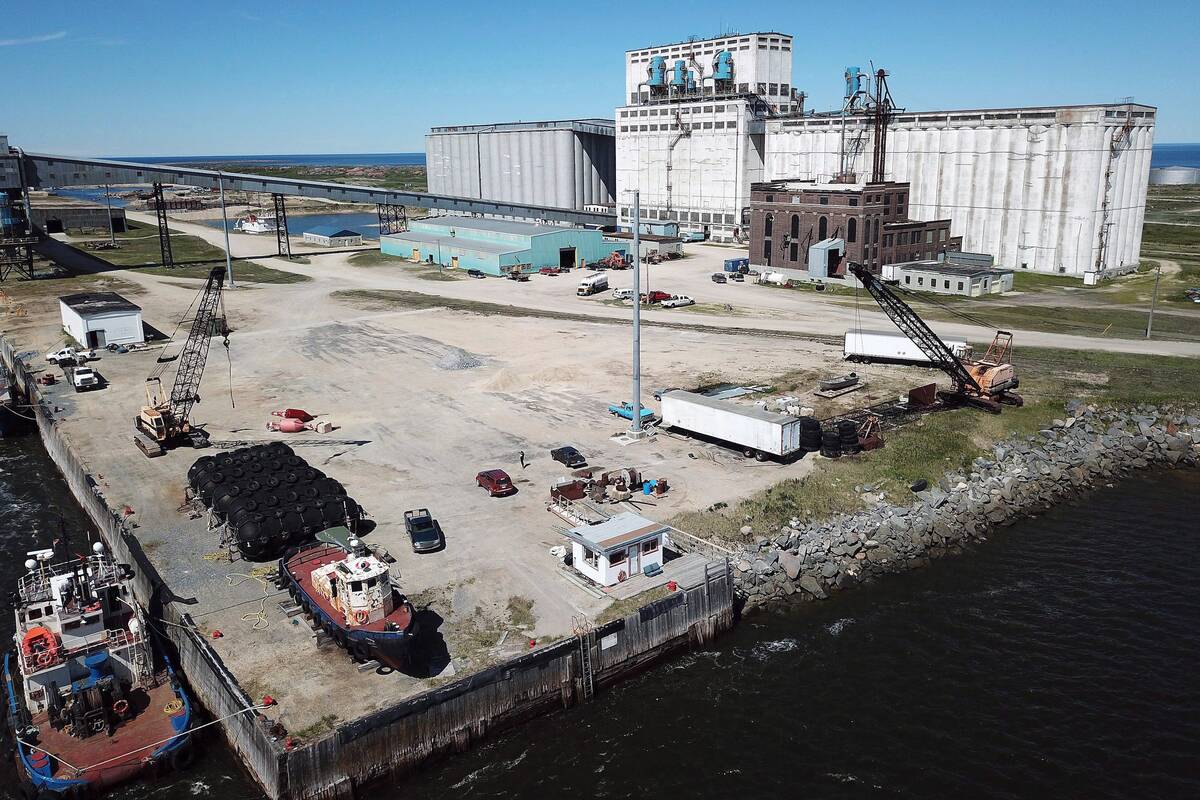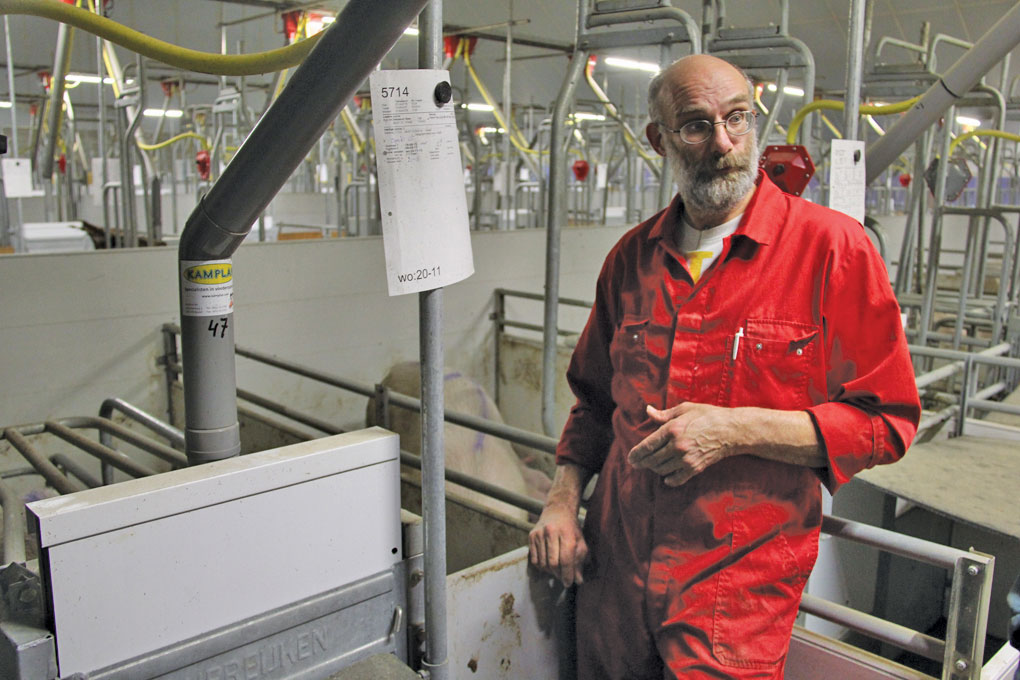Iranian firm AHT exports millions of dollars’ worth of nuts and dried fruit from Iran each month, but western financial sanctions mean it gets little money in return. Instead it is paid with other goods, such as cardboard boxes and metal cans from China.
“Most of our business right now is like this. No money is involved in the process,” said Mohammad Amin, managing director of the pistachio and raisin exporter.
“We import the goods, sell the goods to the local market, get the money from the local market, and then pay my staff and my farmers. No money is circulating — it’s like thousands of years ago.”
Read Also

Sizing up Port of Churchill expansion challenges
The Port of Churchill has some hurdles to clear before it can become the sea trade powerhouse for Manitoba and Canada that governments and the agricultural industry hope it will.
Last year, AHT’s exports totalled about $100 million, mostly to China and India.
Financial sanctions imposed over Iran’s disputed nuclear program have dealt a heavy blow to its foreign trade and now the U.S. is aggressively using anti-money-laundering legislation to make it legally dangerous for banks that have any U.S. business to maintain ties with Iran.
As a result, Iranian firms have been frozen out of much of the global banking system, finding it difficult or impossible to obtain letters of credit or transfer funds internationally through banks.
But AHT and other Iranian companies are finding ways around the obstacles and continuing to do business, albeit at considerable inconvenience and cost. Some are resorting to barter, while others are using money exchange houses.
“There was a minor aberration for a while where there was a drop-off in trade, but everybody has put their systems in place now,” said Sanjiv Sawla of Mumbai-based trading firm M Lakhamsi, which trades about $125 million a year of seeds, spices, wheat and rice, including $5 million to $10 million with Iran.
“I get my money out of Dubai. I don’t know how they arrange it.”
Iran’s Gohar Saffron, which exports around 11,000 kilos a year of the highly prized spice, has started using exchange houses to keep its $30-million-a-year business going.
“We can do it but only with a lot of trouble,” said Hutan Motamedi, Spain-based marketing manager for Gohar.
Such channels can’t substitute for the international banking system completely.
Iran imports about 45 per cent of its rice, with India one of the biggest suppliers. But several Indian rice exporters said they had stopped shipping to Iran by sea in the past few months because of payment and insurance problems.














